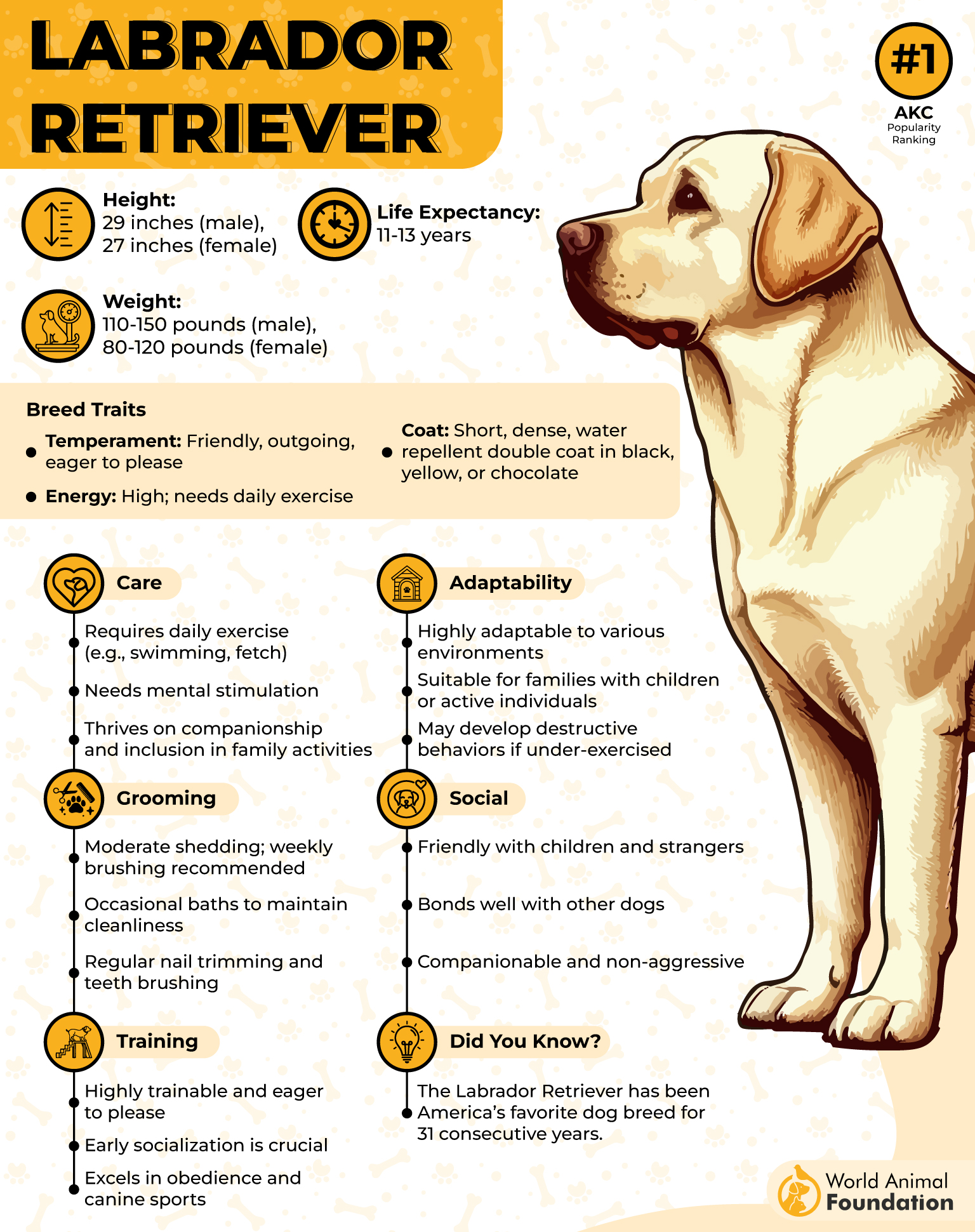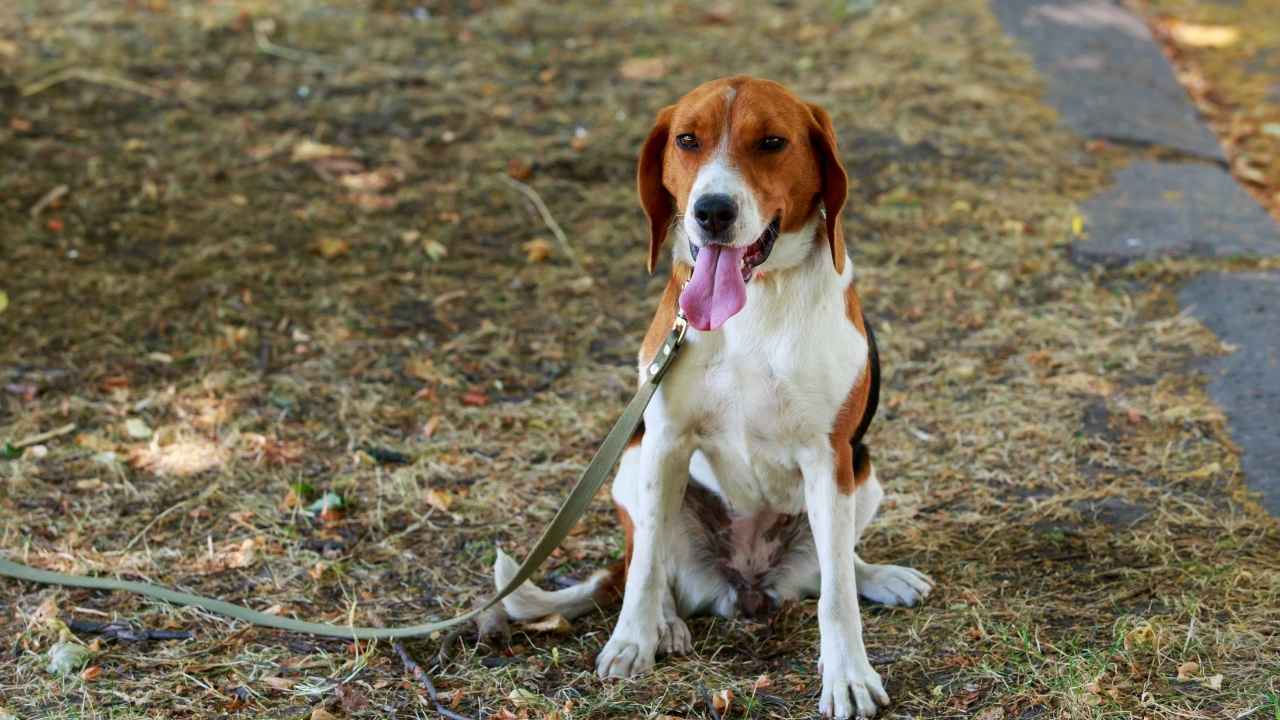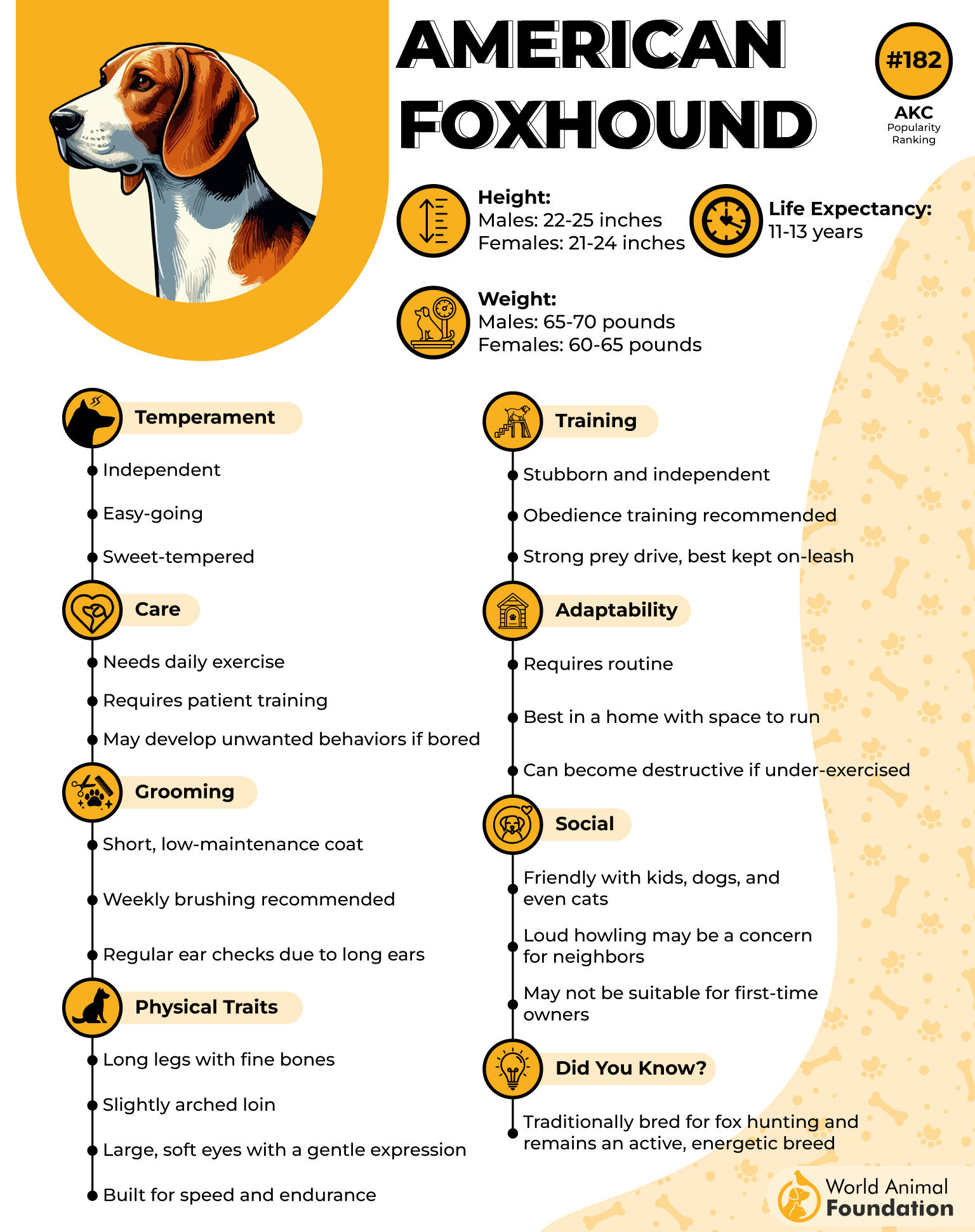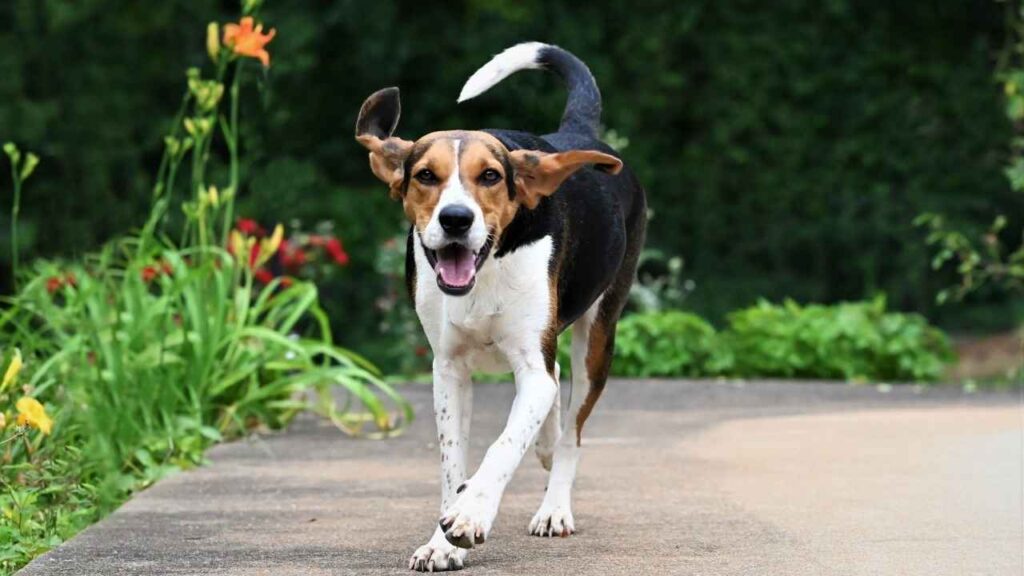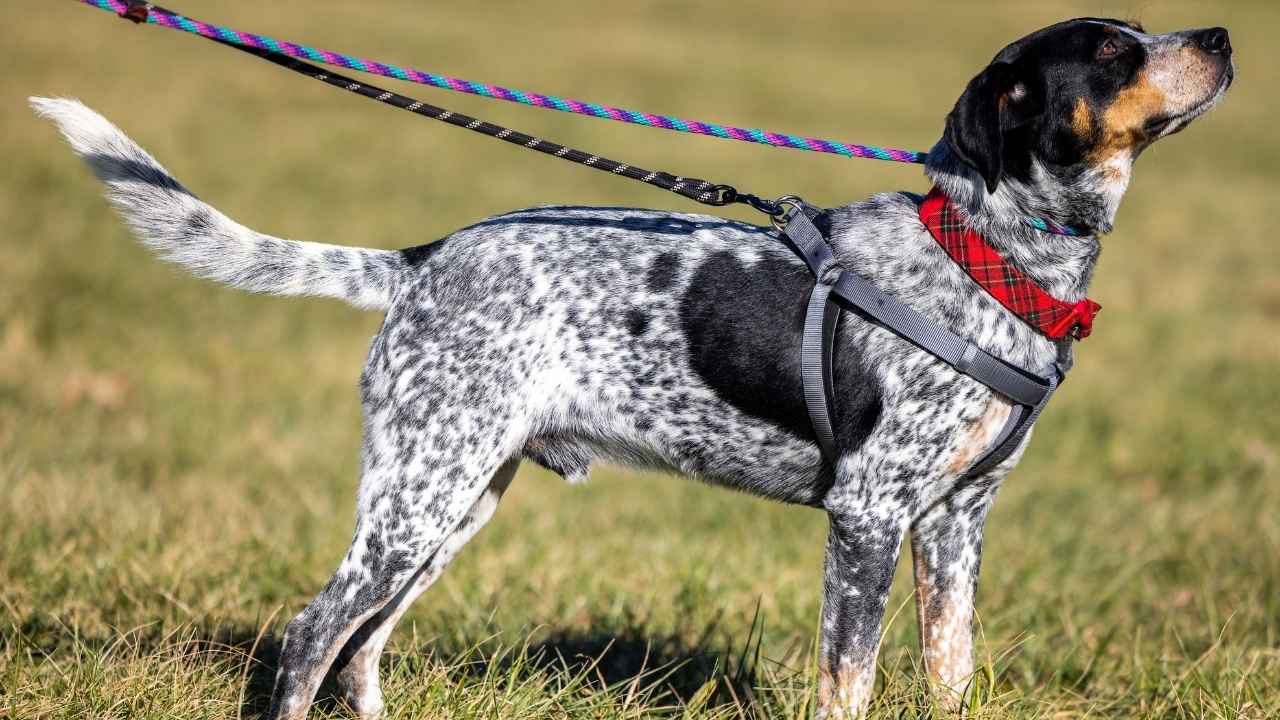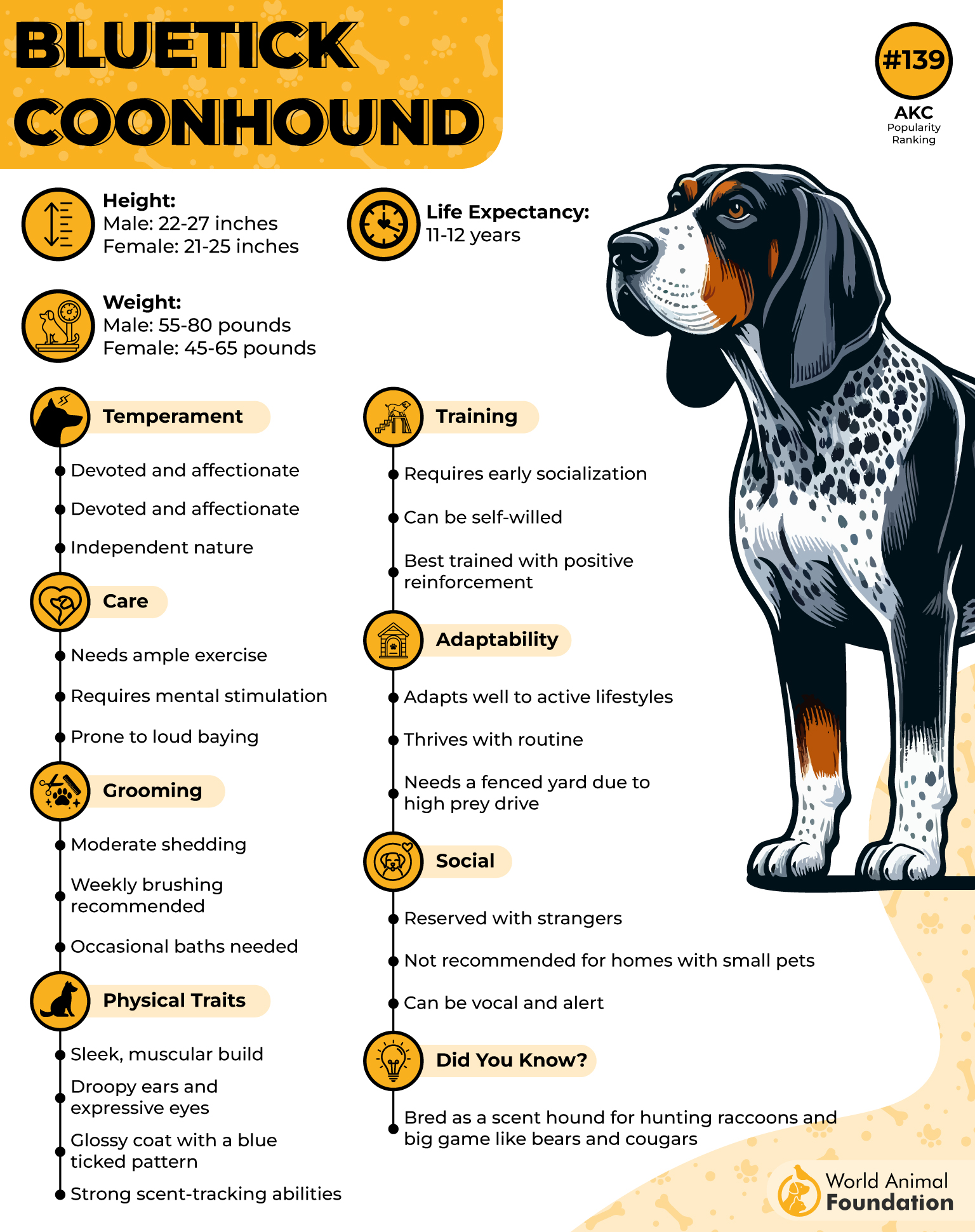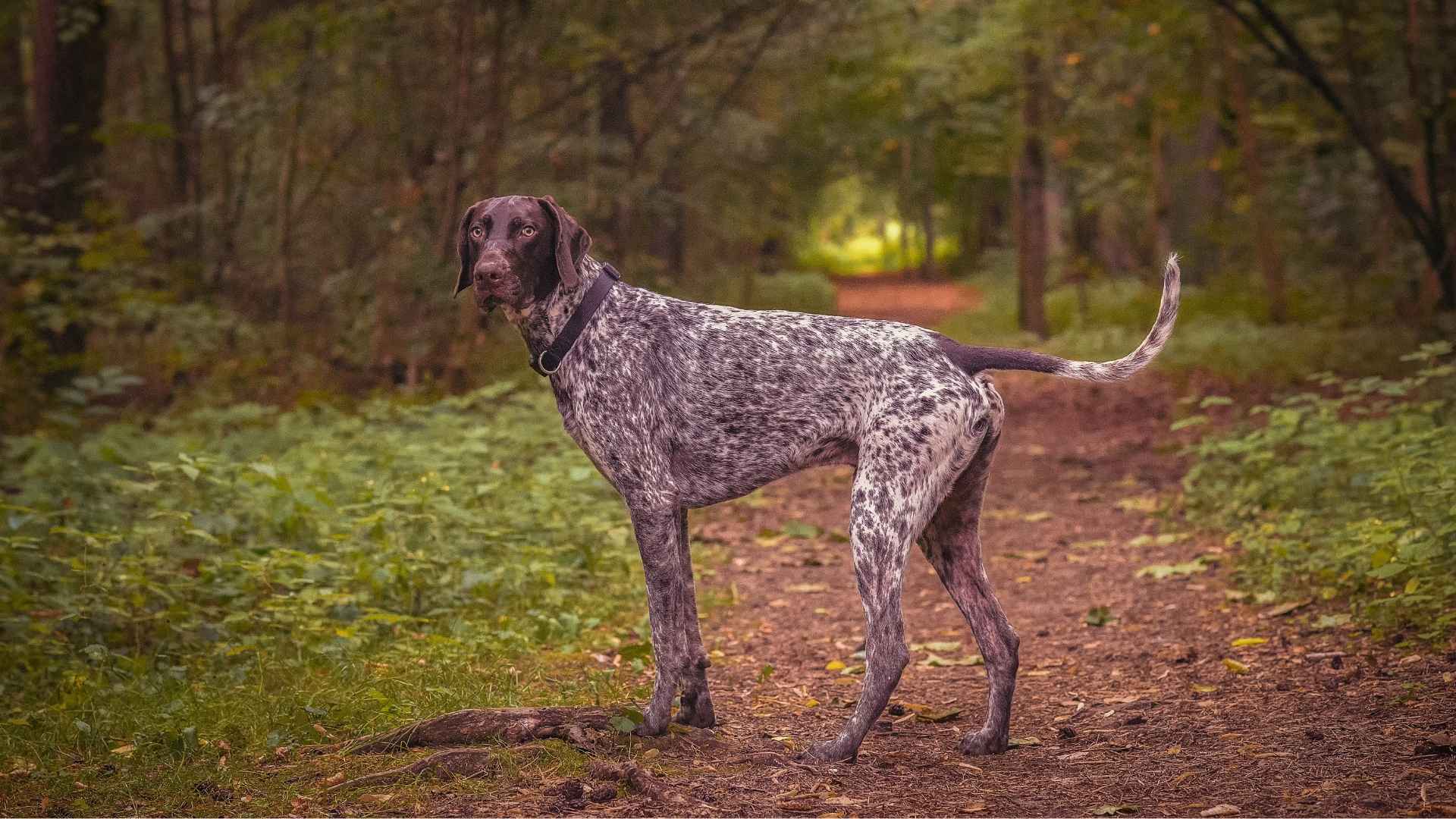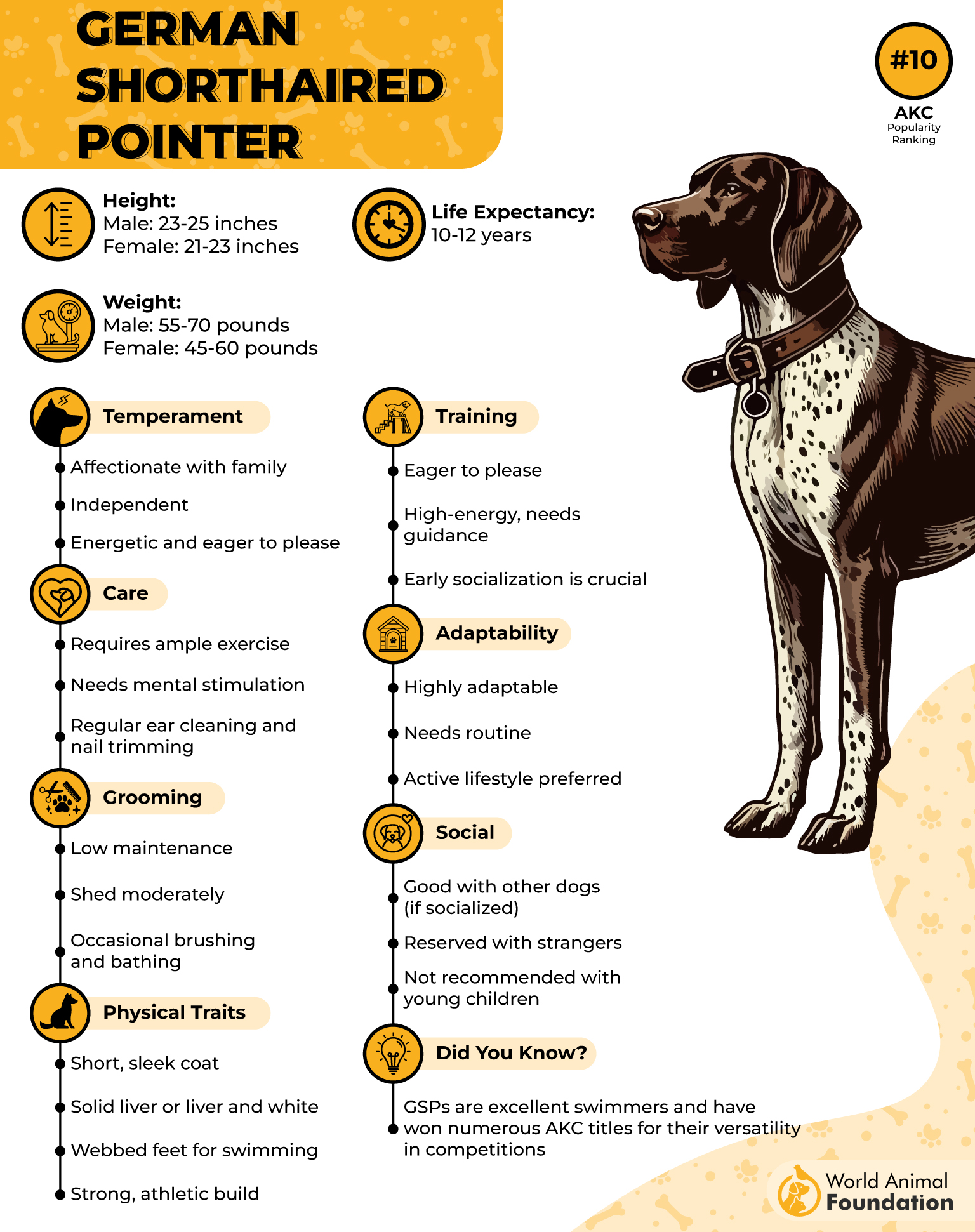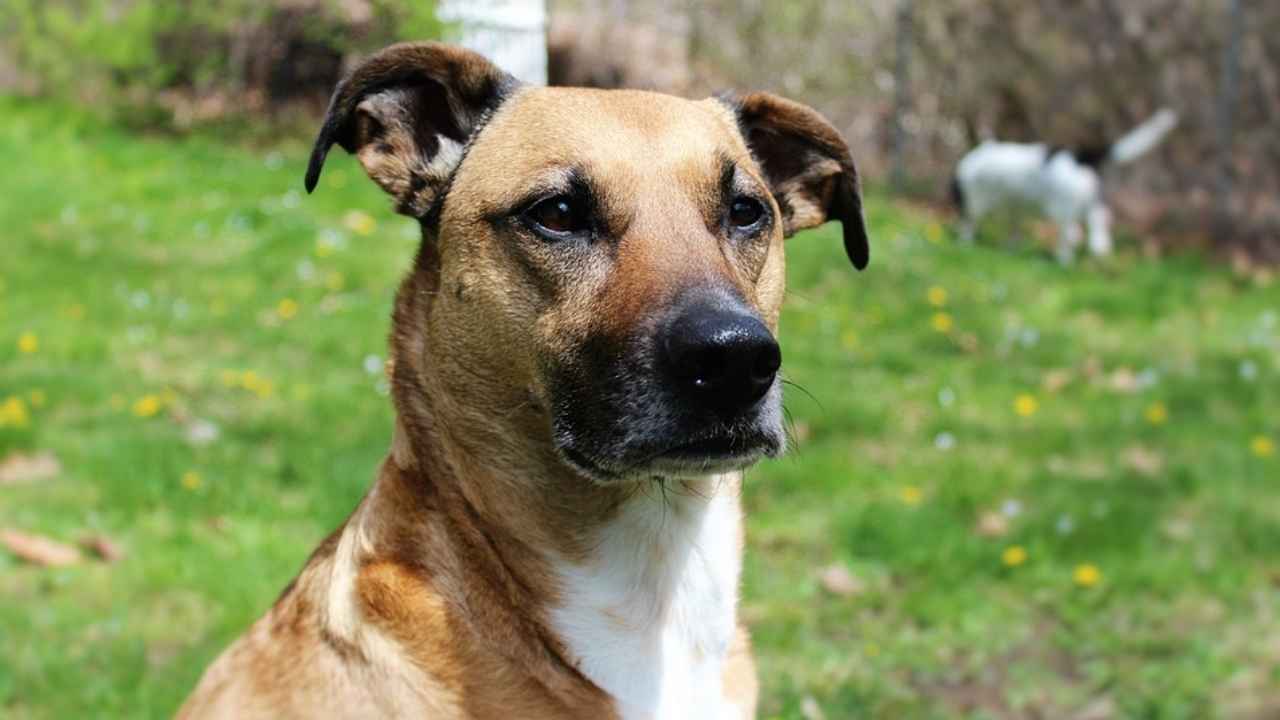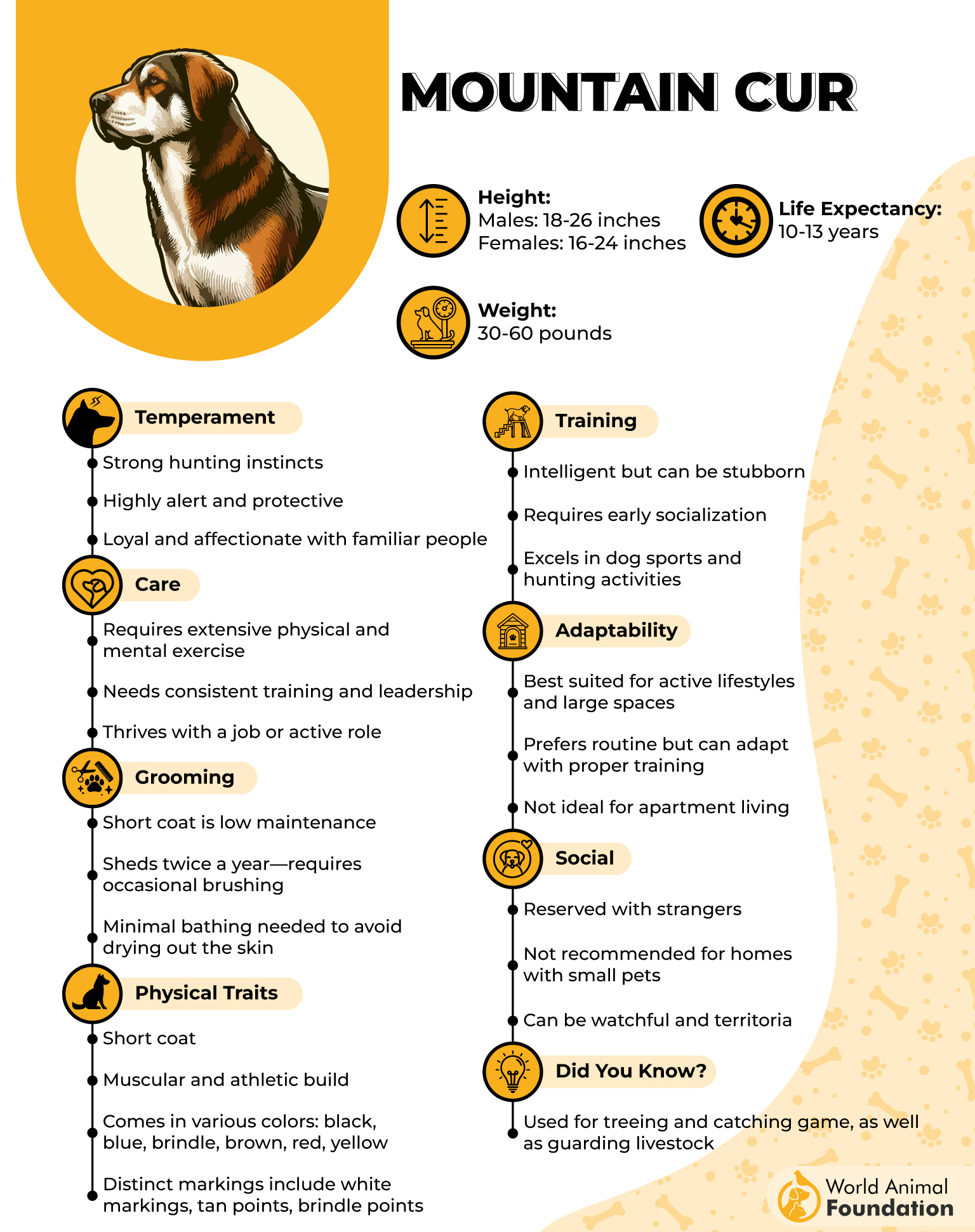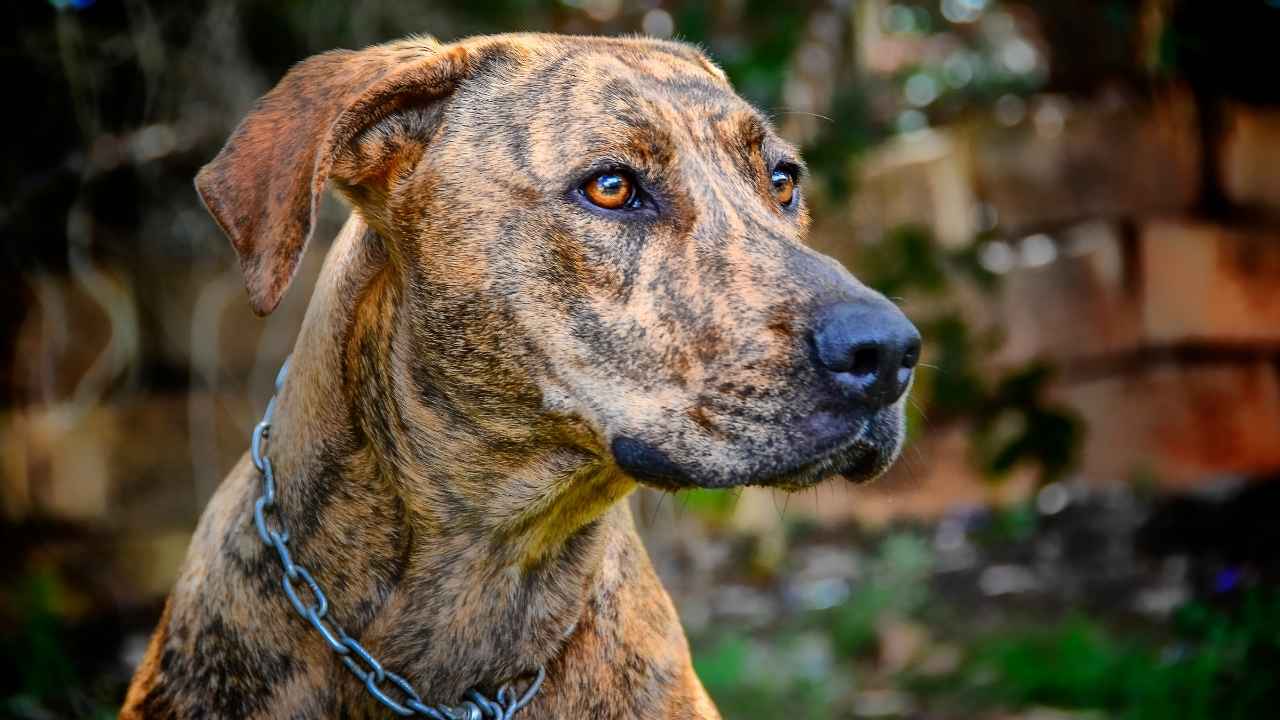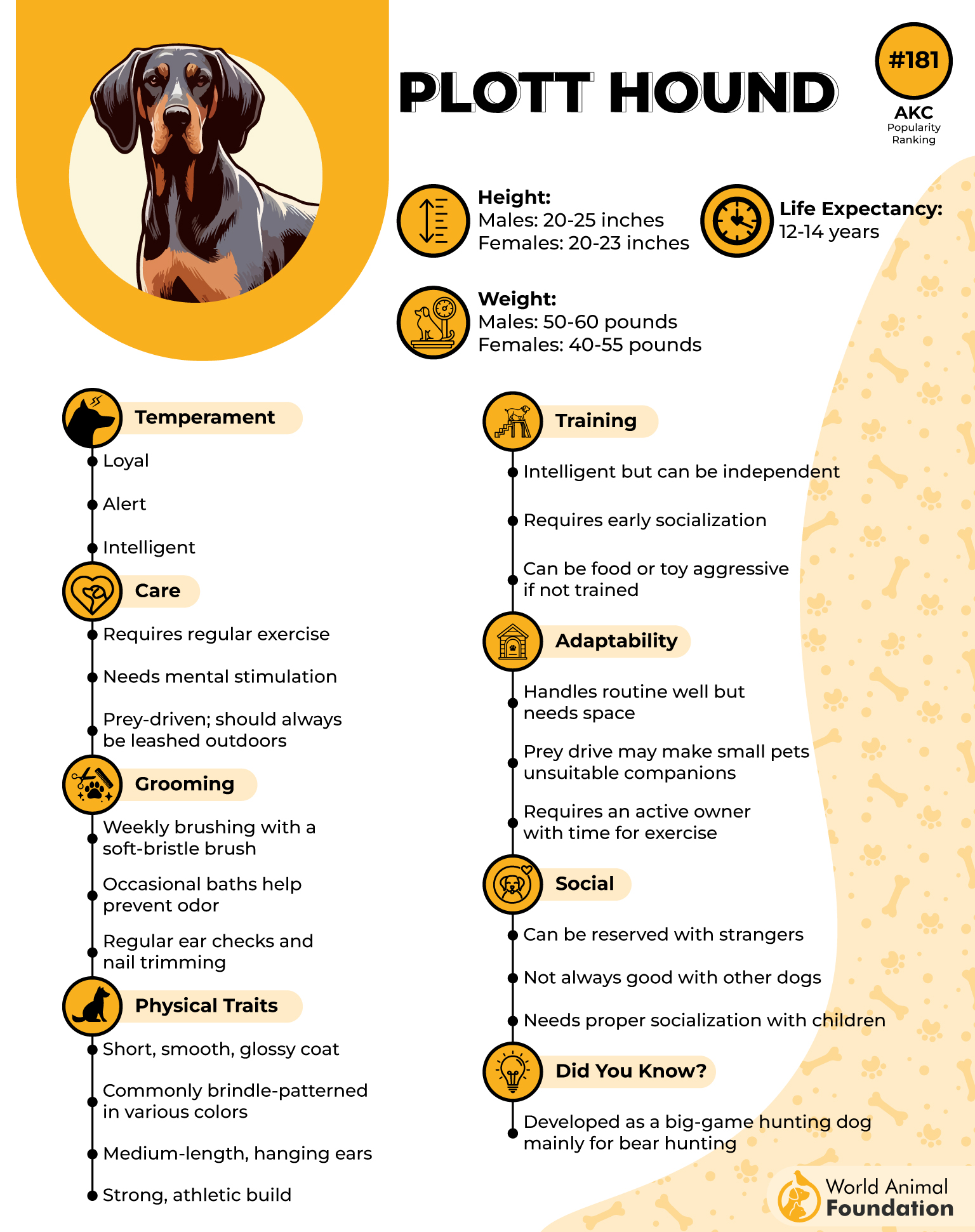Deer hunting is a tradition steeped in patience, skill, and the keen instincts of a trusted companion. Among the vast array of hunting allies, certain dog breeds stand out for their unmatched tracking abilities and unwavering loyalty. This article explores the seven most reliable deer hunting dog breeds, each bringing unique traits to the hunt. From their acute sense of smell to their tenacity in the field, these canine partners enhance the hunting experience, ensuring success and deepening the bond between hunter and dog. Discover which breeds excel in tracking, making them invaluable assets in the pursuit of deer.
It’s not just speed or strength that makes deer hunting dogs—it’s about instinct, endurance, and an unbreakable bond with the hunter. The best deer-tracking dogs aren’t just companions; they’re skilled trackers with a nose for the trail and a drive that won’t quit. These dogs turn a good hunting trip into a great one, making sure no scent goes undetected.
What really sets these dogs apart? It’s their razor-sharp senses, relentless stamina, and an almost eerie ability to pick up even the faintest trails. They don’t just follow the scent; they work through rough terrain, bad weather, and long distances without missing a step. Whether it’s tracking wounded game or leading the way through dense woods, they’re built for the job.
But not every hunting dog is cut out for deer tracking. The right breed has the perfect mix of intelligence, obedience, and drive. Ready to meet them?
Let’s dive in!
Deer Hunting Dog Breeds
1. Labrador Retriever
When it comes to hunting companions, the Labrador Retriever might not be the first breed that comes to mind, but these dogs are absolute powerhouses in the field. Labs have an incredible mix of stamina, intelligence, and an eager-to-please attitude that makes them highly adaptable for deer hunting.
These fantastic hunters are known for their phenomenal scent detection, making them excellent at tracking blood trails. Whether you’re hunting in dense forests or open fields, a well-trained Lab can locate a downed deer with impressive accuracy.
Their keen sense of smell combined with their natural retrieving instincts ensures they stay focused on the task. While some dogs might get distracted, a well-trained Lab stays locked in on the scent. Ever seen a Lab quit halfway? Yeah, neither have we.
One of the biggest advantages of hunting with a Labrador is their trainability. Labs are people-pleasers to the core, meaning they pick up commands quickly and follow through with enthusiasm. Unlike some hounds that can be stubborn, Labs are highly obedient and work exceptionally well off-leash. This makes them great for both tracking and retrieving deer in different terrains.
Labs also have a remarkable water-retrieving ability, which is a huge plus for hunters who track deer near lakes or rivers. If your wounded deer makes it across a stream, don’t worry—your Lab will swim across effortlessly to continue the chase.
Quick Fact: Labrador Retrievers have such strong noses that they can even be trained to detect cancer cells in humans—so imagine how well they can track a deer!
2. American Foxhound
If there’s one breed that lives and breathes the thrill of the chase, it’s the American Foxhound. These sleek, athletic dogs are built for one thing—running down game with unwavering stamina. They don’t just track deer; they drive them out of hiding and keep them moving.
American Foxhound has incredible endurance. These dogs can cover dozens of miles in a single hunt without losing steam, making them ideal for large hunting grounds. If you’re after a breed that won’t tire out when chasing a deer over hills, through dense forests, and across rugged terrain, this is the one.
American Foxhounds can pick up the faintest deer scent and stay locked onto the trail for hours, even when the prey tries to double back or hide. Once they catch a whiff, they’ll track that deer with laser focus.
Unlike some stubborn hunting dogs, the American Foxhound thrives in a pack. They work incredibly well with other hounds, creating a synchronized, well-coordinated hunting team. This makes them a top choice for group hunters who prefer using multiple dogs to push deer toward a waiting shooter.
One thing hunters love about this breed is their illustrious howl. American Foxhounds have a unique, melodious howl that lets hunters track them even when they’re deep in the woods. Their vocalizations vary depending on how close they are to their prey.
3. Treeing Walker Hound
With both speed and intelligence, the Treeing Walker Hound is your go-to deer tracker. Known for their unmatched ability to track and chase game, these hounds don’t just follow a scent—they run it down with lightning speed.
One of the biggest strengths of the Treeing Walker Hound is their versatility, states Orvis. Whether you need a dog for tracking, chasing, or treeing smaller game, this breed can do it all. Unlike some hounds that specialize in one hunting style, these dogs are adaptable.
These dogs don’t just trail deer—they chase them at full throttle. If you’re hunting in dense forests or uneven terrain, their long legs and nimble movement allow them to navigate obstacles with ease. Some dogs get slowed down by the brush, but a Walker Hound treats it like a racetrack.
These hounds can pick up a deer’s scent from long distances, staying focused on the trail even if the terrain changes. If a wounded deer tries to shake them off by crossing streams or doubling back, it won’t work—Walker Hounds can track through tricky conditions without getting thrown off.
Despite their high energy, these hounds have a friendly and affectionate side. They are extremely loyal to their owners and form strong bonds, making them as lovable at home as they are fierce in the field.
4. Bluetick Coonhound
If you need a deer-hunting dog that’s as relentless as it is smart, the Bluetick Coonhound should be at the top of your list. These dogs are built for one purpose—tracking and chasing down game with an unstoppable drive and extraordinary sense of smell.
While other dogs rely on fresh tracks, Blueticks can pick up week-old deer trails and still follow them with pinpoint accuracy. That means even if a buck has been through an area days ago, your Bluetick will know exactly where it went. A deer might think it’s safe, but not when this hound is on the job.
Blueticks are methodical and patient trackers. They don’t rush the chase—instead, they carefully analyze the trail, ensuring they’re on the right path before making their move. This makes them ideal for hunters who prefer a strategic, calculated approach to deer hunting.
Their keen intelligence means they can adapt to different terrains and hunting styles. Whether you’re hunting in thick woods, swamps, or rocky landscapes, these dogs know how to navigate obstacles and stay locked onto the scent. A lot of hounds struggle when the trail gets complicated, but Blueticks don’t quit.
Because of their incredible stamina, these hound dogs can keep up with the most grueling deer hunts without slowing down. They’re built for endurance. Other dogs might get tired, but a Bluetick will keep pressing forward, determined to track that deer to the very end.
5. German Shorthaired Pointer
These dogs are versatile, powerhouse hunting dogs. These dogs are built for speed, endurance, and precision. Unlike hounds that specialize in trailing, GSPs excel at both tracking and pointing, giving hunters the best of both worlds.
Whether you’re hunting in dense forests, open fields, or wetlands, these dogs adapt effortlessly. They have webbed feet for swimming, powerful legs for sprinting, and incredible stamina for long tracking sessions.
Unlike traditional hounds that rely solely on scent, GSPs use a combination of sight, scent, and intelligence to track game. Their sharp eyes help them spot movement, while their keen noses pick up the faintest deer trails. This makes them perfect for both stalking and flushing deer.
Another thing that makes them stand out is their natural ability to hold a point. Instead of chasing down the deer immediately, they will freeze in place, signaling to the hunter exactly where the game is. This allows for a more controlled hunt.
Orvis claims that these dogs are highly intelligent and trainable. Unlike some stubborn hounds, GSPs learn commands quickly and are highly responsive to their owners. This means you can train them to work in sync with your specific hunting style, whether it’s tracking silently, flushing out game, or retrieving after the shot.
6. Mountain Cur
The Mountain Cur is a breed that doesn’t mess around. These tough, muscular dogs were bred for hunting and survival in rough terrain, which makes them one of the best choices for hunters who venture deep into the wilderness. It’s a breed that can track, chase, and even tree game.
These dogs have a strong nose and an even stronger prey drive, allowing them to follow a deer’s scent trail with precision. Unlike some hounds that focus only on fresh scents, a Mountain Cur can track older, faint trails and still locate the deer with impressive accuracy.
According to AKC, they are fast and hard hunter dogs that keep up with a fleeing deer and have the stamina to chase for miles without slowing down. Whether the deer is sprinting through dense woods or trying to escape across rocky hills, the Mountain Cur won’t give up.
Unlike some deer dogs that rely solely on scent, Mountain Curs have excellent vision and hearing. They don’t just track blindly—they observe their surroundings, picking up on movement and sounds that other dogs might miss.
Training a Mountain Cur is surprisingly easy because of their high intelligence and strong work ethic. They thrive on having a job to do and responding well to commands, making them more obedient and responsive than some stubborn hound breeds.
7. Plott Hound
Unlike most hounds that were bred for fox or rabbit hunting, the Plott was originally developed to track and take down big game like bears and wild boars. That same fearless attitude makes them unstoppable when trailing deer.
Plott Hounds have one of the best noses in the hunting world, capable of locking onto a deer’s scent and following it for miles, even through rugged terrain. Their tracking skills are so advanced that they can distinguish between fresh and old trails, allowing hunters to follow only the most promising leads.
Unlike some hunting breeds that slow down over long chases, Plotts have extraordinary stamina. These dogs can run all day without losing energy, making them perfect for tracking deer that cover long distances. If a deer thinks it can escape by running far, it’s got another thing coming.
Another major advantage of this breed is its intelligent and fearless personality. Unlike some hounds that may hesitate when encountering larger animals, the Plott is known for its bravery and persistence. They won’t back down, even if a deer tries to evade capture through tricky terrain or sudden movements.
Training a Plott Hound requires an experienced hunter because these dogs are independent thinkers. They love the thrill of the chase, which means they need structured training to keep them focused. But once trained, they are among the most loyal and hardworking hunting companions you could ask for.
Quick Fact: The Plott Hound is the only coonhound breed that didn’t descend from English foxhounds—it was developed entirely in the U.S. for big-game hunting!
Conclusion
Deer-hunting dog breeds have played a crucial role in tracking and retrieving wild game for centuries, thanks to their keen sense of smell, hunting instincts, and natural abilities. From scent hounds like the Plott Hound, American Foxhound, and Treeing Walker Coonhound—known for their ability to track big game over long distances—to versatile hunting dogs like the German Shorthaired Pointer and Chesapeake Bay Retriever, these dog breeds excel in different hunting environments.
Some breeds, such as the English Pointer and Brittany Spaniel, literally “point” toward upland birds and small game, while retrievers like the Labrador Retriever, Golden Retriever, and Flat-Coated Retriever are best suited for retrieving waterfowl and downed game.
While many hunting dog breeds specialize in bird hunting, others like the Mountain Cur, Irish Setter, and English Setter are better suited for hunting deer and even mountain lions. These highly intelligent breeds thrive on physical exercise, family companionship, and training, making them great for both dog owners seeking a family pet and those in need of a best hunting dog.
In conclusion, selecting the right dog breed for deer hunting is crucial for a successful and efficient tracking experience. Among the top seven most reliable breeds are the Bloodhound, Labrador Retriever, and German Shorthaired Pointer, each offering unique skills such as keen scent-tracking abilities, intelligence, and endurance. Others like the Beagle, Bavarian Mountain Hound, and Coonhound also stand out due to their specialized tracking expertise and versatility in various hunting terrains. By choosing a breed that aligns with specific hunting needs and conditions, hunters can enhance their efficiency and enjoy a more fruitful hunting experience.

